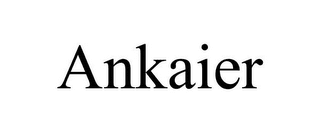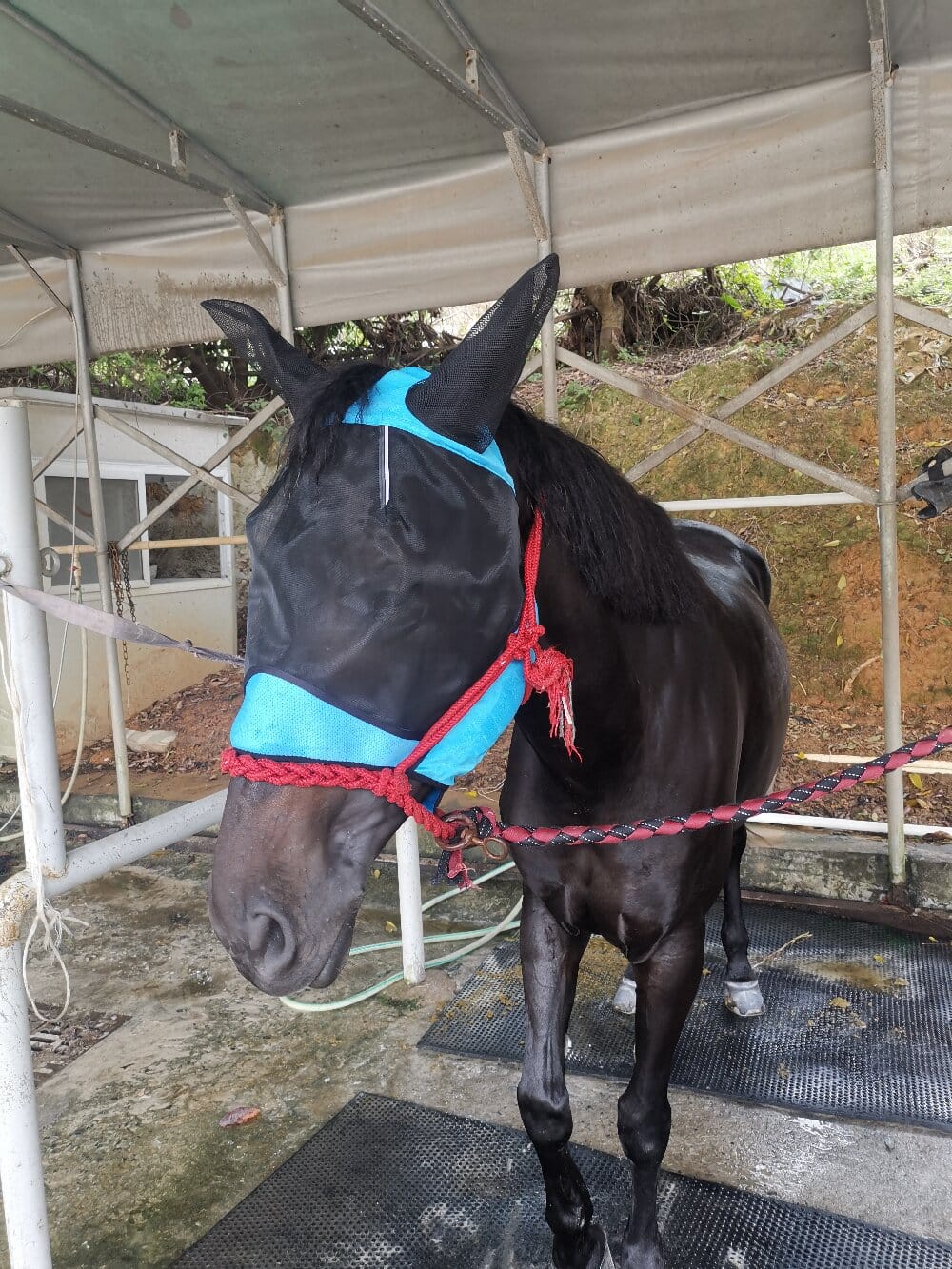My first real encounter with the necessity of a horse fly mask came on a sweltering summer afternoon. I watched my mare, Daisy, frantically swish her tail and shake her head, her eyes screwed shut against the relentless attacks of flies. It was a losing battle, and her distress was palpable. I knew then that I had to find a better way to protect her. This wasn’t just about comfort; it was a matter of equine health and welfare. From that moment, I embarked on a personal mission to understand this piece of equestrian equipment, not just as a product, but as a critical component of responsible horse care. I wanted to approach it methodically, analyzing the why, the what, and the how to make the best choice for my equine partner.
Beyond Annoyance: The Critical Why of Fly Protection
Before even looking at products, I needed to understand the problem deeply. Flies are more than a simple nuisance. Their constant buzzing and landing can cause significant stress, leading to behavioral issues and a failure to thrive. More dangerously, flies can transmit diseases and cause painful eye conditions like conjunctivitis. Their bites can lead to sores and infections, especially around the sensitive eye area. I realized that providing a physical barrier was the most effective and chemical-free method to prevent these issues. This foundational understanding framed my entire search; a fly mask wasn’t an accessory, it was a preventative health measure.
Deconstructing the Modern Horse Fly Mask
My methodology shifted to product analysis. I quickly discovered that not all fly masks are created equal. The market offered a bewildering array, and I had to break them down into their core components to make sense of it all.
The primary differentiator is the material. Most are made from a durable, lightweight mesh that provides excellent airflow while blocking UV rays and insects. I learned to look for terms like “ultra-mesh” which promised breathability. Then came the features. Some masks simply cover the eyes, while others extend to cover the ears and even the entire face and jawline, offering protection from biting insects on the muzzle. For me, the most crucial feature was the fit. A poorly fitting mask can rub, cause bald spots, or even slip and blind the horse, creating a hazard. I made it a point to seek out masks with soft, flexible edging, adjustable nose and throat straps, and a well-designed contour around the eyes to prevent rubbing.
A Step-by-Step Guide to Selection and Fitting
Armed with this knowledge, I developed a personal protocol for selecting and fitting a fly mask. This systematic approach ensured Daisy’s safety and comfort.
Step 1: Measure Accurately. I used a soft measuring tape to get the length from the center of her cheekbone, across her eye, to the center of her other cheekbone. I also measured from the outside corner of one eye, over the poll, to the outside corner of the other eye.
Step 2: Match the Mask to the Need. For our mostly pasture situation with intense sun, I opted for a full-face style with UV protection. If we were dealing more with stable flies, a mask with ear covers and a longer nose piece would be a priority.
Step 3: The Critical Fit Test. When the mask arrived, I didn’t just put it on and walk away. I carefully observed Daisy for at least an hour. I checked that I could fit two fingers comfortably under the browband and cheek straps. I ensured the eye openings were perfectly aligned, giving her a full, unobstructed field of vision without the mesh touching her eyelashes. I watched her blink to make sure there was no interference.
Integrating the Mask into a Holistic Management Routine
Adopting a horse fly mask also meant integrating it into a broader management methodology. It’s not a “set it and forget it” solution. I established a daily routine of removing the mask to check her eyes for any discharge or irritation and to ensure the mask itself was clean and free of debris. I learned to have a spare on hand for when one was in the wash. Furthermore, I viewed the mask as one part of a larger pest control strategy that included clean pastures, manure management, and strategic use of fly sprays on her body when necessary. This holistic approach proved far more effective than any single solution.
A Conclusive Reflection on Equine Comfort
Looking back on that frustrating summer day, the journey from problem to solution has been enlightening. My methodical exploration of the horse fly mask transformed it from a simple piece of gear into a symbol of proactive, thoughtful horse ownership. It taught me that the best equine care often lies in the details—in understanding the “why” behind a product and implementing it with a careful, consistent routine. Seeing Daisy grazing peacefully in the sun, unbothered by flies and protected from harmful rays, is the ultimate validation of this approach. It’s a small tool that makes a monumental difference in the quality of her daily life.

